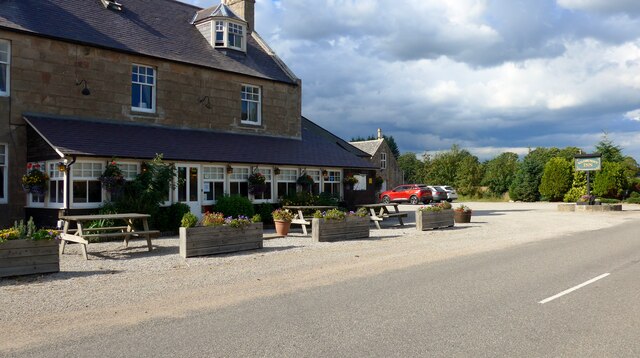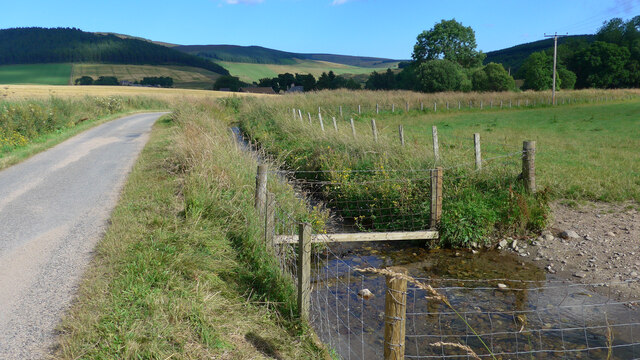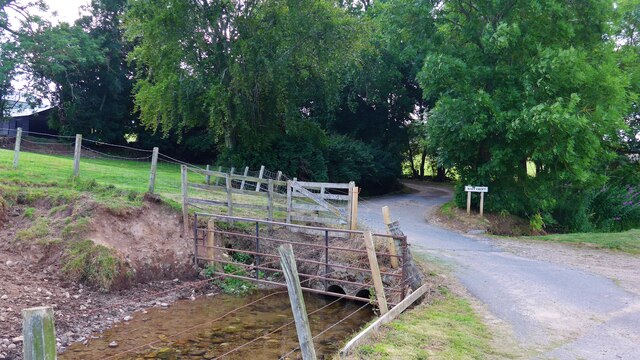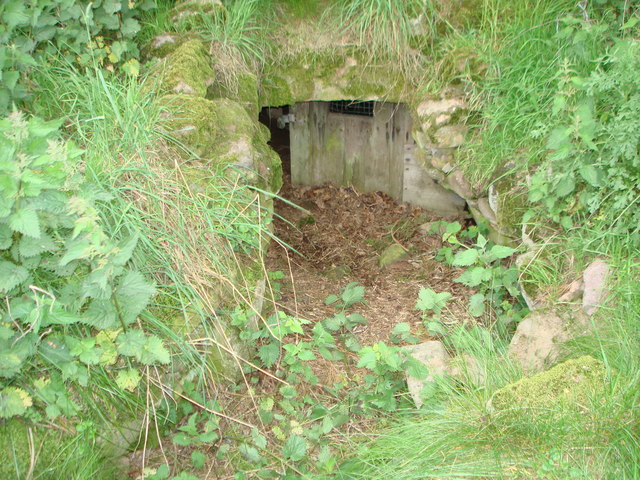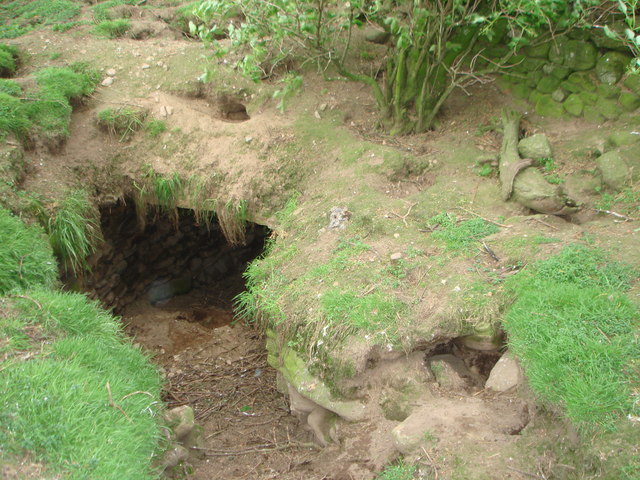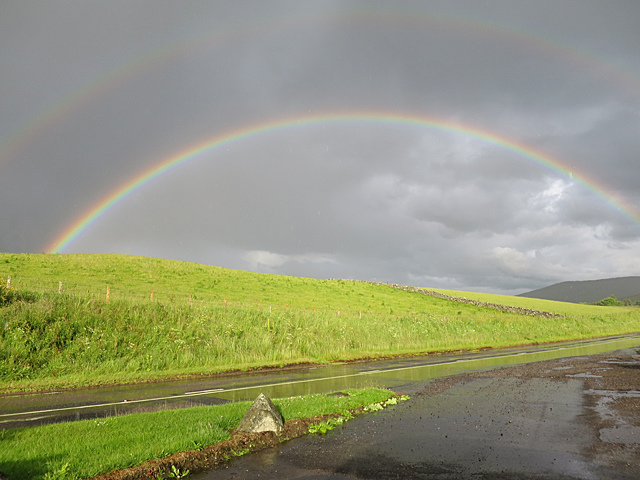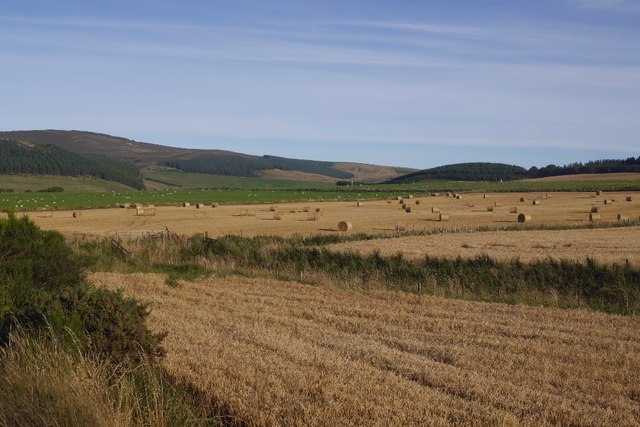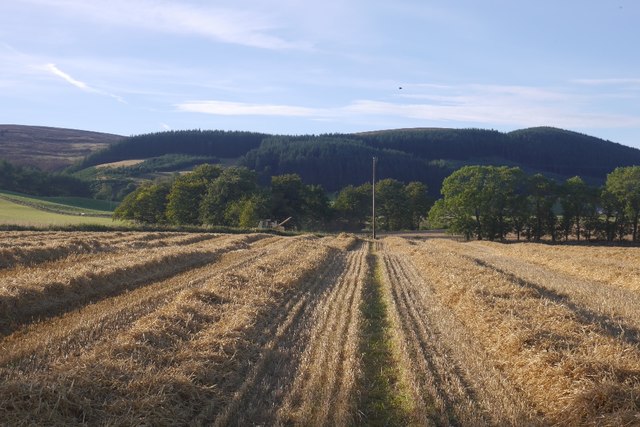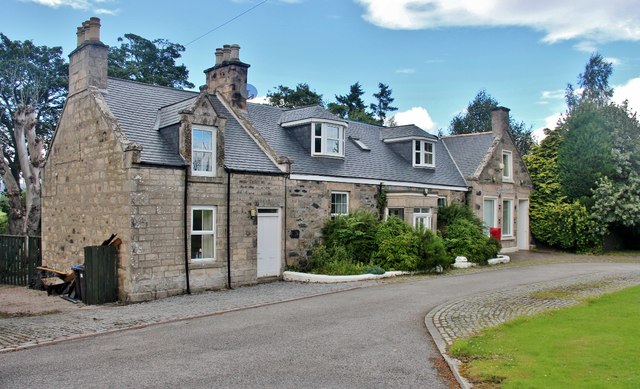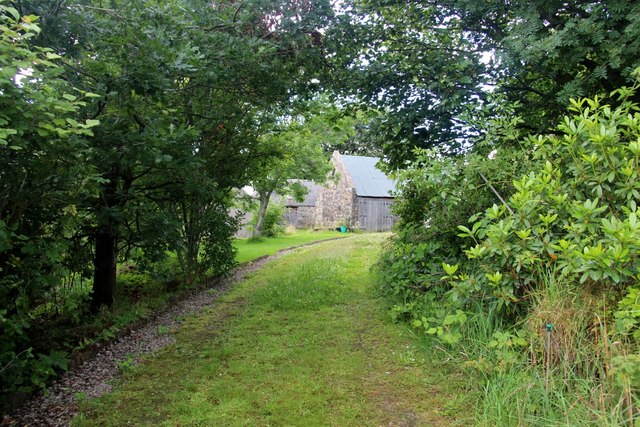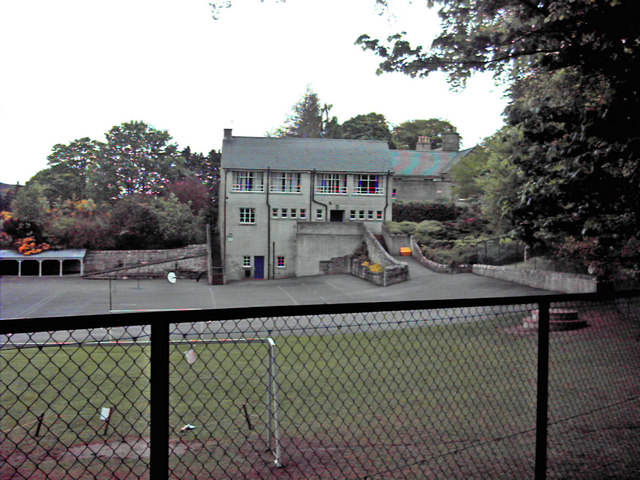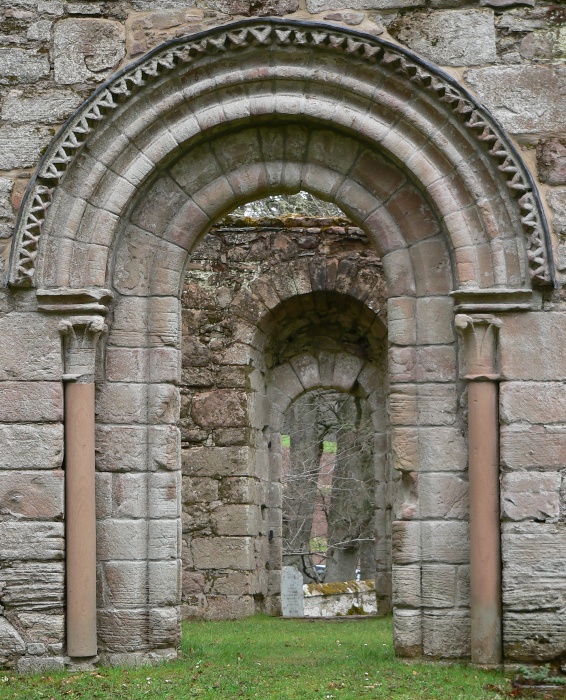Drumnahive Hill
Hill, Mountain in Aberdeenshire
Scotland
Drumnahive Hill
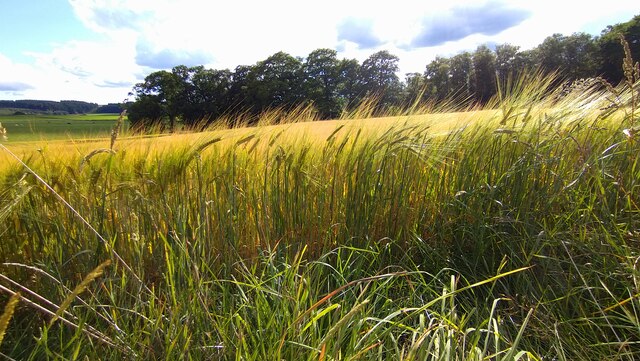
Drumnahive Hill is a prominent hill located in Aberdeenshire, Scotland. It is situated in the eastern part of the county, near the village of Rhynie. Standing at an elevation of approximately 535 meters (1,755 feet), it is considered a notable landmark in the region.
The hill is characterized by its distinct shape and rugged terrain. It features a gently sloping eastern face, while its western side consists of steep cliffs, adding to its dramatic appearance. Drumnahive Hill is primarily composed of granite, which gives it a distinctive reddish-brown color.
The hill is accessible via various footpaths and trails, making it a popular destination for hikers and outdoor enthusiasts. From its summit, one can enjoy breathtaking panoramic views of the surrounding countryside, including the picturesque Rhynie Valley and the nearby Grampian Mountains.
Drumnahive Hill is also renowned for its rich historical significance. Archaeological excavations in the area have revealed the presence of ancient settlements and burial sites dating back to the Iron Age and Pictish eras. Additionally, the hill is home to several standing stones, which are believed to have served as markers or ceremonial monuments.
Overall, Drumnahive Hill offers a unique blend of natural beauty, recreational opportunities, and historical intrigue. Whether it be for a challenging hike or a peaceful retreat, this majestic hill provides visitors with a memorable experience in the heart of Aberdeenshire.
If you have any feedback on the listing, please let us know in the comments section below.
Drumnahive Hill Images
Images are sourced within 2km of 57.254822/-2.8839959 or Grid Reference NJ4618. Thanks to Geograph Open Source API. All images are credited.
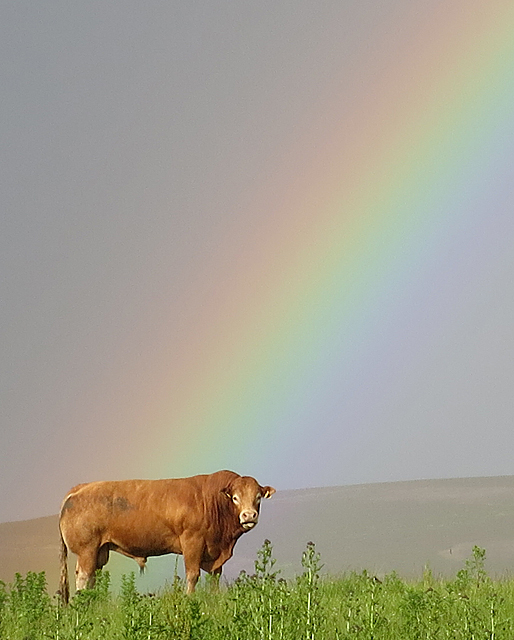

Drumnahive Hill is located at Grid Ref: NJ4618 (Lat: 57.254822, Lng: -2.8839959)
Unitary Authority: Aberdeenshire
Police Authority: North East
What 3 Words
///gathering.coping.motels. Near Alford, Aberdeenshire
Nearby Locations
Related Wikis
Nearby Amenities
Located within 500m of 57.254822,-2.8839959Have you been to Drumnahive Hill?
Leave your review of Drumnahive Hill below (or comments, questions and feedback).
